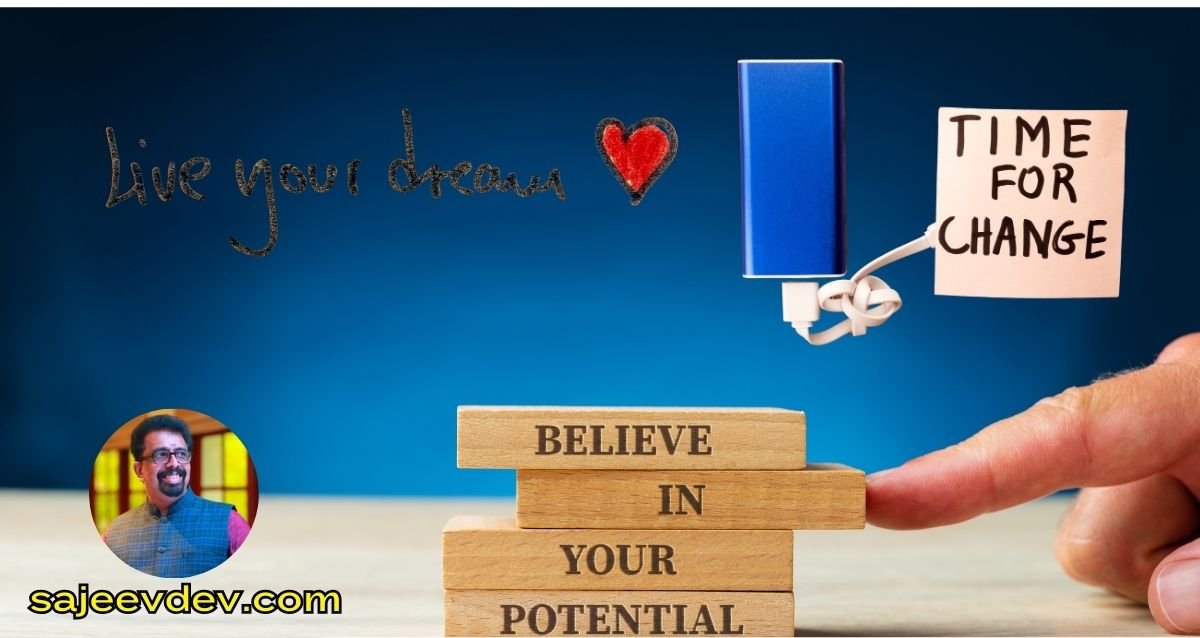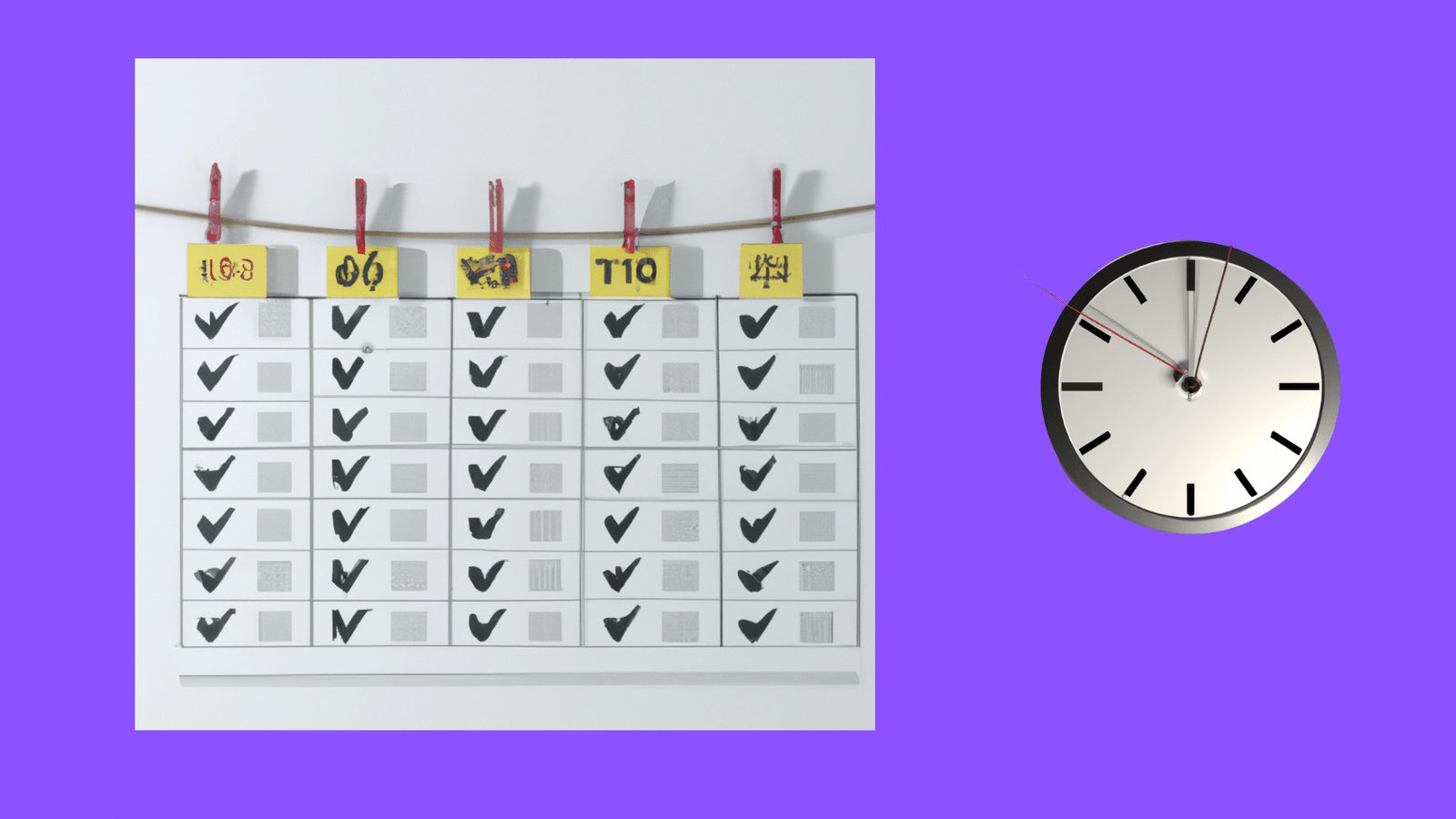Self-Doubt
Self-doubt is a complex emotion experienced by individuals across various aspects of their lives. It can be defined as a lack of confidence in one’s abilities or decisions, manifesting as feelings of uncertainty and insecurity. This pervasive phenomenon can hinder personal growth, leading many to question their capabilities and potential. In both personal and professional realms, self-doubt can act as a significant barrier that prevents individuals from pursuing their goals and aspirations.
The psychological effects of self-doubt are far-reaching. It often results in a cycle of negative thoughts that reinforce feelings of inadequacy, leading to avoidance behaviors. People may shy away from opportunities for fear of failure or judgment, ultimately stalling their progress and development. This internal struggle not only affects individual self-esteem but can also influence how one interacts with others, creating a ripple effect on relationships and collaborative efforts. When individuals doubt their potential, they may be less likely to communicate their ideas or take initiatives, thereby stifling creativity and innovation.
Understanding self-doubt is crucial for dismantling its grip on one’s life. Recognizing that it is a common experience can provide comfort to those grappling with these feelings. Many successful individuals have navigated similar challenges, and acknowledging this can foster resilience. By confronting self-doubt and fostering a belief in one’s inherent abilities, individuals can begin to unlock their potential. Trusting in one’s capabilities not only enhances self-awareness but also lays the groundwork for achieving significant dreams and aspirations. The journey to overcoming self-doubt is ongoing, but understanding its presence is the first step towards personal empowerment and greatness.
The Impact of Self-Doubt on Dreams
Self-doubt has a profound impact on individuals’ dreams and aspirations, often acting as a significant barrier to achieving one’s full potential. This internal struggle manifests itself in various ways, influencing not only the decision-making processes but also the emotional well-being of individuals. For instance, consider the story of a talented artist who, despite possessing remarkable skills, continuously hesitated to showcase their work. Each time an opportunity arose, self-doubt crept in, leading them to believe their creations were not worthy of public attention. This hesitation resulted not only in lost opportunities but also in a growing resentment towards their passion for art.
Similarly, in the professional realm, self-doubt can severely inhibit career progression. A marketing professional may find themselves repeatedly second-guessing their ideas during team meetings, fearing negative feedback. This lack of confidence could lead to them remaining in their current role for longer than necessary, actively stifling their career growth. In both scenarios, the consequences of self-doubt extend beyond the immediate impact on career advancements or artistic opportunities; they also induce feelings of frustration and inadequacy.
Moreover, the continuous cycle of uncertainty can erode self-esteem, making individuals more susceptible to criticism and less likely to pursue future endeavors. Each setback reinforces their self-doubt, ensuring that the ambition they once held begins to fade. Emotional consequences often combine with practical implications, creating a feedback loop that further entrenches the individual in a state of inaction. It is clear that allowing self-doubt to dominate thoughts can compromise not only personal dreams but also the potential for a fulfilling and successful life. Understanding this dynamic is the first step in combating self-doubt and reclaiming the confidence needed to pursue one’s true aspirations.
Recognizing the Signs of Self-Doubt
Self-doubt is a pervasive issue that can hinder personal growth and success. It often manifests in various forms, and recognizing these indicators is the first step towards overcoming it. One of the most common signs of self-doubt is negative self-talk. Individuals may find themselves engaging in harsh inner dialogue, expressing feelings of inadequacy or incompetence. Phrases such as “I am not good enough” or “I will never succeed” reflect an underlying lack of confidence that can become a self-fulfilling prophecy.
Another significant indicator of self-doubt is procrastination. When faced with important tasks, individuals may delay or avoid making decisions, often out of fear of failure. This avoidance behavior can stem from a belief that they are not equipped to handle challenges, leading to missed opportunities and increased anxiety. Procrastination acts as a barrier, reinforcing the cycle of self-doubt and feelings of unworthiness.
Additionally, a pervasive fear of failure is a telltale sign that self-doubt is taking control of one’s mindset. This fear often manifests in an unwillingness to take risks or pursue new opportunities, as individuals may focus on the potential for negative outcomes rather than the possibilities for growth and success. Observing this fear can provide insight into one’s deeper concerns about personal capabilities and self-worth.
To effectively assess your mindset, consider keeping a journal of your thoughts and feelings related to tasks and challenges. This practice can help cultivate awareness of negative thought patterns and behaviors, such as procrastination and avoidance. By identifying these signs, individuals can begin to address their self-doubt and work towards building resilience and self-trust. Recognizing these indicators is essential in the journey towards personal empowerment and achieving greatness.
Building a Strong Self-Image
A robust self-image plays a critical role in overcoming self-doubt and unlocking one’s true potential. Various strategies can effectively aid in nurturing a positive self-image, thereby reinforcing one’s confidence and willingness to pursue greatness. One of the most impactful methods is the practice of self-affirmations. By regularly engaging in self-affirmation exercises, individuals can reinforce positive beliefs about themselves. This practice involves repeating empowering statements, such as “I am capable of achieving my goals” or “I am worthy of success.” These affirmations serve to counter negative thoughts and instill a greater sense of self-worth over time.
In addition to self-affirmations, visualization techniques can further enhance self-image. Visualization entails imagining oneself successfully achieving their goals and overcoming challenges. This mental rehearsal not only boosts confidence but also helps to create a clear roadmap of what success looks like. By vividly picturing preferred outcomes, individuals can train their minds to focus on positivity and possibility rather than on self-doubt or fear of failure. The power of visualization lies in its ability to evoke emotional engagement, allowing individuals to experience motivation and aspirations more vividly.
Moreover, surrounding oneself with a supportive network is essential in building a strong self-image. Engaging with friends, family, or mentors who provide encouragement and constructive feedback can significantly influence one’s self-perception. Such networks can act as a buffer against negativity and self-doubt by reminding individuals of their strengths and accomplishments. Seeking environments that foster positivity and support can cultivate resilience against external criticisms that might otherwise contribute to feelings of inadequacy.
Through the adoption of self-affirmations, visualization techniques, and the establishment of supportive networks, individuals can enhance their self-image and combat self-doubt. Ultimately, these strategies empower individuals to trust in their potential and achieve their aspirations.
Embracing Risk and Taking Action
Stepping outside one’s comfort zone is often regarded as an essential component of personal growth and overcoming self-doubt. Embracing risk involves accepting the possibility of failure while simultaneously recognizing the potential for significant achievement. This duality is critical; by deliberately choosing to face uncertainty, individuals can foster resilience and develop a deeper understanding of their capabilities. Each calculated risk taken diminishes the hold of self-doubt and expands one’s horizons.
The notion of risk can be intimidating, leading many to retreat into familiar patterns and predictable outcomes. However, it is important to differentiate between reckless behavior and measured risk-taking. Calculated risks are those that are carefully considered, armed with strategy and forethought. It involves weighing the potential benefits against the possible drawbacks, allowing individuals to make informed decisions that align with their aspirations. For instance, pursuing a new career opportunity or engaging in a challenging project showcases the proactive approach essential in overcoming self-limiting beliefs.
Taking action is equally vital in this journey. Action is the antithesis of self-doubt; it propels individuals toward their goals and helps solidify belief in their capabilities. Small, actionable steps can create momentum that instils confidence. For example, if someone is hesitant to lead a project at work, they might start by volunteering for smaller tasks that contribute to the overall effort. These incremental achievements reinforce a sense of competence and gradually build the courage to tackle larger challenges.
Ultimately, embracing risk and taking action are intertwined processes. They require a mindset shift—from fearing failure to viewing it as a natural and integral part of the journey toward greatness. By consistently involving oneself in unfamiliar situations and exercising courage, individuals can transform their self-doubt into a driving force that propels them forward, unlocking their true potential in the process.
The Role of Resilience in Overcoming Doubt
Resilience is a crucial factor in overcoming self-doubt and unlocking one’s potential. It serves as the ability to bounce back from setbacks, adapt to challenges, and maintain a positive outlook, even when faced with difficulties. In the journey toward personal and professional growth, individuals may encounter various obstacles that can lead to feelings of inadequacy and uncertainty. However, by fostering resilience, one can navigate these turbulent waters with greater ease and confidence.
Building resilience starts with acknowledging failures as valuable learning experiences. When setbacks occur, instead of viewing them as definitive endpoints, they should be seen as opportunities for growth. This perspective shift enables individuals to analyze their mistakes critically and extract meaningful lessons from them. For instance, when pursuing a specific goal, an unsuccessful attempt should prompt introspection to determine what can be improved for future efforts. This process not only cultivates a resilient mindset but also enhances problem-solving skills, encouraging a proactive approach in addressing challenges.
Another important aspect of resilience is persistence. It is essential to maintain focus on one’s goals, even when faced with difficulties. Developing a routine that reinforces commitment to objectives can solidify resilience. This may include setting smaller, manageable goals that lead toward larger aspirations, providing measurable progress without overwhelming oneself. While the path may be fraught with obstacles, persistence ensures forward movement, helping combat self-doubt as progress accumulates over time.
In summary, resilience empowers individuals to confront self-doubt by reframing failures as learning opportunities and embracing persistence in adversity. By nurturing this virtue, one can significantly enhance their capacity to trust their potential and pursue greatness, ultimately leading to a more fulfilling and successful life.
Success Stories of Overcoming Self-Doubt
Numerous individuals have faced the debilitating effects of self-doubt, yet their journeys illustrate that overcoming this internal barrier is achievable and can lead to remarkable success. One notable example is J.K. Rowling, the acclaimed author of the Harry Potter series. Before her monumental success, Rowling encountered rejection from multiple publishers and battled significant personal challenges, including financial struggles and the loss of her mother. Despite these setbacks, she persevered, believing in her potential and the value of her story. The eventual publication of her books not only transformed her life but also created a global phenomenon that has impacted millions.
Similarly, Oprah Winfrey’s story resonates with many who face self-doubt. Born into poverty and having faced overwhelming adversity throughout her early life, Winfrey often questioned her worth and capability. However, through resilience and a deep belief in her dreams, she carved out a path for herself in the media industry. Today, she is recognized worldwide as a powerful figure in entertainment and philanthropy, illustrating how overcoming self-doubt can lead to unparalleled opportunities for growth and influence.
Another inspiring tale is that of the renowned scientist Albert Einstein. Despite his early struggles with academics and being labeled as slow, Einstein persisted in exploring his passion for physics and mathematics. His journey was marked by numerous failures and doubts about his intellect. However, through perseverance and an unwavering commitment to his studies, he ultimately revolutionized modern science with groundbreaking theories that still shape our understanding of the universe today.
These success stories serve as powerful reminders that self-doubt is a common hurdle experienced by many, yet it can be overcome. They encourage individuals to trust in their abilities and embrace their unique journeys towards greatness, proving that triumph over self-doubt is not just possible but can lead to extraordinary accomplishments.
Practicing Mindfulness and Self-Compassion
Self-doubt often stems from negative self-perceptions and an inner dialogue that criticizes rather than encourages. To combat these tendencies, practicing mindfulness and self-compassion can serve as powerful tools. Mindfulness involves being present in the moment and recognizing one’s thoughts and feelings without judgment. This practice allows individuals to observe their self-doubts as mere thoughts, rather than definitive truths. By acknowledging these doubts without getting caught up in them, one can create a mental space that fosters clarity and rational thinking.
Incorporating mindfulness techniques, such as deep breathing or meditation, can help ease anxiety associated with self-doubt. Engaging in regular mindfulness meditation not only aids in focusing the mind but also teaches acceptance. This acceptance can translate to a more forgiving relationship with oneself, laying the foundation for personal growth. Over time, practitioners may notice a significant reduction in the negative self-talk that often accompanies feelings of inadequacy.
In tandem with mindfulness, self-compassion is vital in overcoming self-doubt. Self-compassion encourages treating oneself with kindness during moments of struggle or failure instead of harsh criticism. By acknowledging that imperfection is part of the shared human experience, individuals can better align with their true potential. This perspective enables them to approach their challenges with a gentler, more supportive mindset, ultimately cultivating resilience. Techniques like self-reflective journaling can be beneficial in this realm, allowing individuals to articulate their feelings while reframing their thoughts in a constructive manner.
Combining mindfulness with self-compassion creates a robust framework for bolstering confidence and reducing self-doubt. When these techniques are practiced regularly, they facilitate a transition toward a more positive self-image, fostering personal growth and the realization of one’s true potential.
Trusting Your Potential
Overcoming self-doubt is a significant endeavor that requires both introspection and action. Throughout this article, we have explored the nature of self-doubt and its pervasive impact on individuals striving for success. It is essential to acknowledge that self-doubt is not a unique experience, but a universal challenge faced by many. Recognizing this reality is a crucial first step in overcoming it. The importance of understanding one’s strengths and potential cannot be overstated; it allows individuals to frame their experiences positively. By focusing on past accomplishments, one can cultivate a sense of self-worth that counteracts feelings of inadequacy.
Moreover, we discussed the value of setting realistic goals and developing a growth mindset. When individuals approach challenges with the belief that they can grow and improve, they effectively shift from a fixed mindset that is paralyzed by self-doubt. This shift encourages taking calculated risks, which is vital for personal and professional development. Additionally, seeking support from peers, mentors, or professional resources provides a solid foundation to help navigate through moments of uncertainty.
Trusting one’s potential involves embracing failures as learning opportunities rather than setbacks. It fosters resilience, allowing individuals to move forward with renewed determination. Taking actionable steps toward achieving one’s dreams is imperative; whether it be through education, networking, or skill development, every step taken is a testament to one’s commitment to overcoming self-doubt. Remember, greatness lies within each individual, waiting to be unleashed. By actively working to trust your potential, you can transform self-doubt into a powerful catalyst for achieving your aspirations and realizing your true capabilities.









